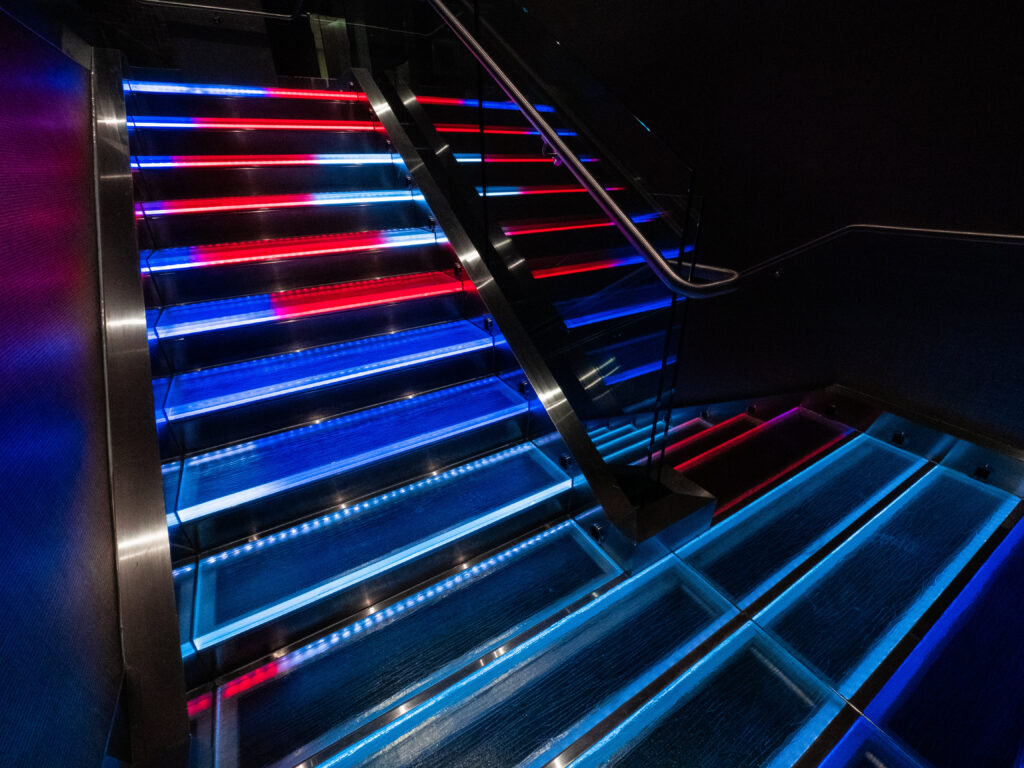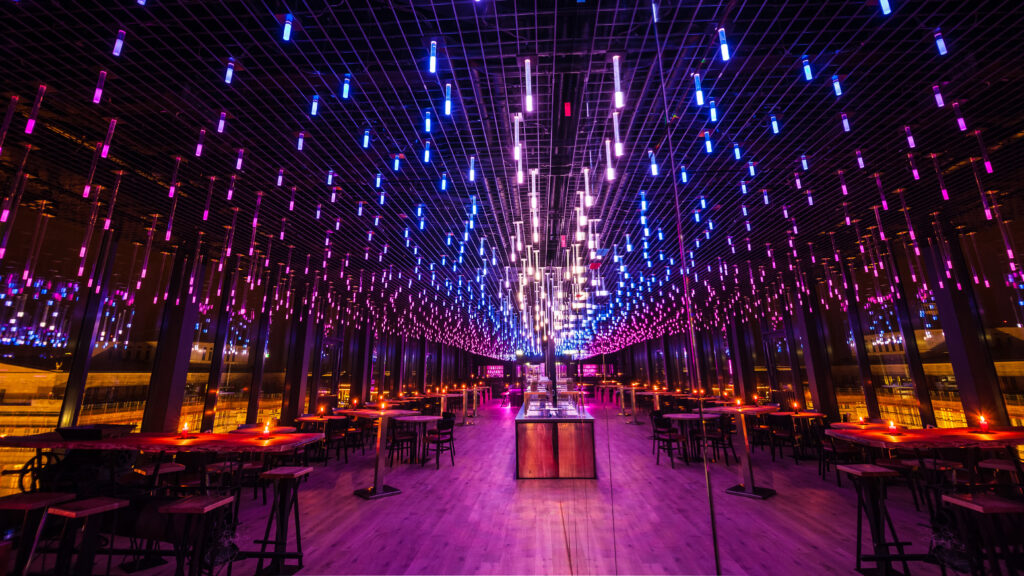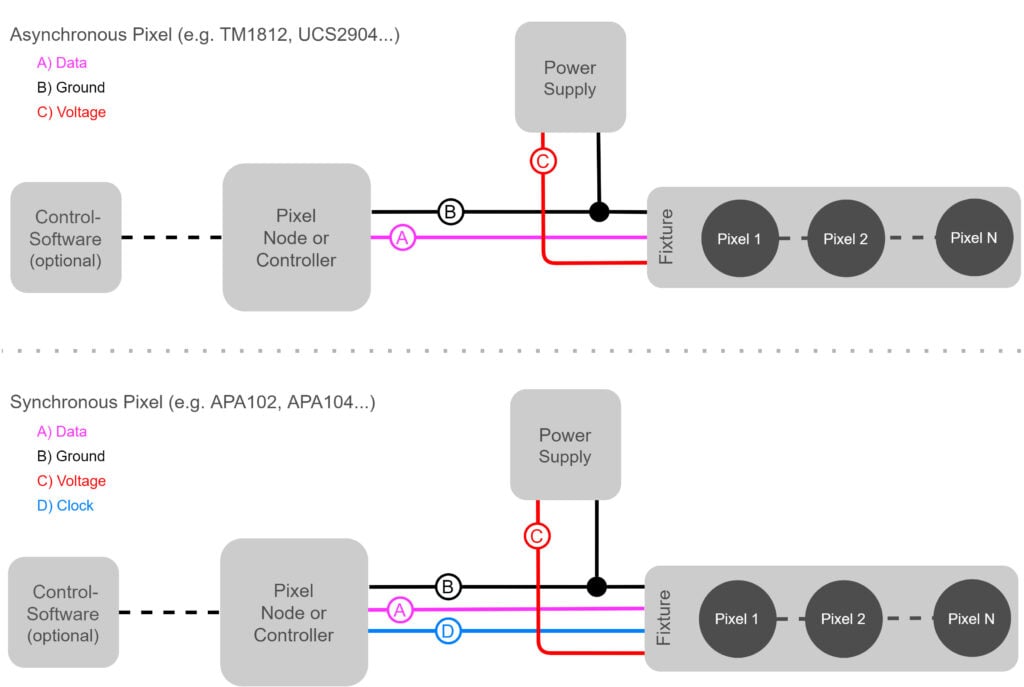- Products
-
-
- BoardsFlexibleLinear FlexibleLinear IndoorLinear OutdoorTubesWasherWasher High PowerDiscontinued ProductsSports LightingSolar StreetlightTraxon Media SolutionsSoftwareServerSympl Protocol InterfacesFusionButler DMX InterfacesConverter & GatewaysDALI ControlButton & Touch StationsDimmer and RelaysAccesoriesDiscontinued Productse:cue Knowledge BaseBattenCeiling and WallDownlightFloodlightFloodlight - High PowerHigh/Low BayPanelSpot Light & Track LightStreetlight & Tunnel LightWaterproofDiscontinued Products
-
-
-
- Projects
-
- Resources
-
- About
-






